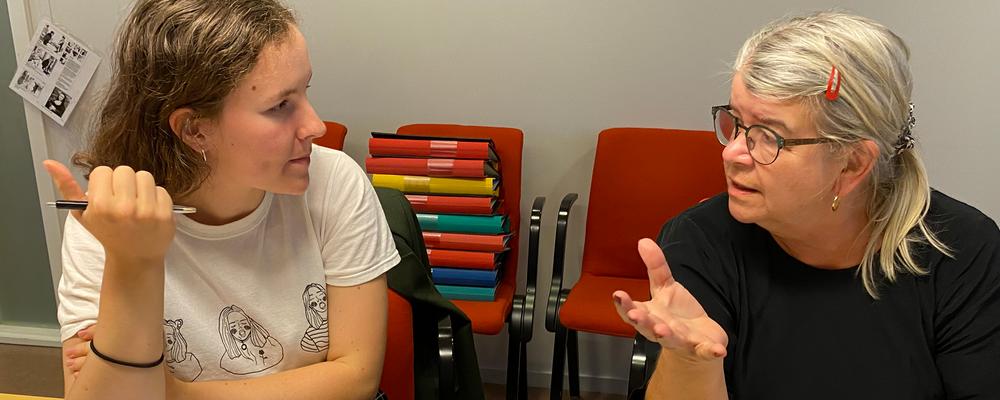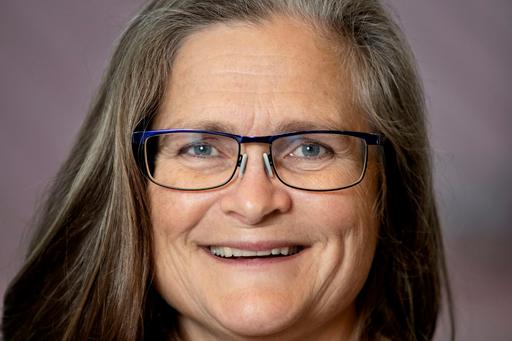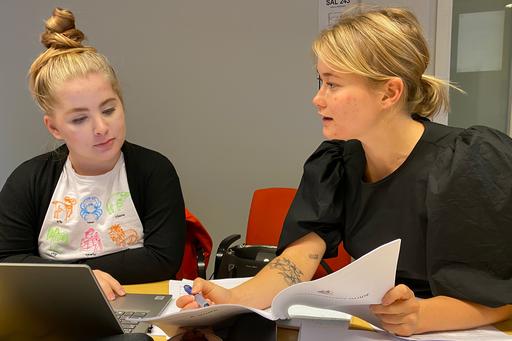
- Home
- News and events
- Find news
- Record numbers monitor gender equality in the media
Record numbers monitor gender equality in the media
Flicking through the world’s newspapers, three quarters of all the articles are likely to feature men. At least that was the case five years ago.
This fall thousands of volunteers around the globe are joining forces to explore whether gender equality in the media has improved at all.
A quarter of a century after the adoption of the UN’s Beijing Platform for Action, the Department of Journalism, Media and Communication (JMG) is bringing together around 30 journalists, students and other volunteers to monitor the representation of women and men in the media.
Some have been active in this area for a long time, while for others it is their first time. Both retired journalists and young students are amazed that more advances have not been made.
Extremely slow progress
“In the Beijing Declaration and Platform for Action from the Fourth World Conference on Women in 1995, the UN included the media as one of 12 critical areas for achieving gender equality,” explains Maria Edström, media researcher and associate professor at JMG. “Unfortunately, previous studies show that progress is extremely slow.”

Coronavirus not stopping the study
This is the sixth time that the Global Media Monitoring Project (GMMP) has been conducted.
“I’m happy to report a record number of participants this year, with the ongoing pandemic proving no obstacle. Thanks to volunteers from an impressive 145 countries, from Argentina to Zimbabwe, the survey is still able to go ahead,” says Maria Edström.
Students on site
Some are taking part online. Others who are willing and able are meeting in person at JMG, with the appropriate social distancing, to go through and code the content of the news in newspapers and on TV and radio.
Among the students attending the sample coding were Lovisa Andersson, who has just begun her first semester on the journalism programme; Nike Lundahl, who recently studied on the media and communication science programme (MKV); and Karin Zwinkels, who is in her fifth semester on the journalism programme.
“I wanted to get involved because it feels good to be doing something practical and because this seems like an exciting study,” says Lovisa Andersson.
“I’m interested in issues of representation and stereotypes in the media and I want to help with research that contributes to this field on such a large scale,” comments Karin Zwinkels.

Hoping for positive changes
“The fact is that Sweden has stubbornly remained on around 30 per cent women in the news since we first took part in the GMMP back in 2000,” states Maria Edström. “In recent years Swedish newsrooms have shown signs of growing awareness about equality and diversity, but at the same time the social debate appears to be increasingly polarised, both in Sweden and globally.”
Maria hopes that this year’s survey will reveal some positive changes, not least as a result of the modern technical tools that today’s editorial teams use for metrics such as gender distribution in their news.
New collaborative partners
This year, the Swedish part of the study will be conducted with a new partner, the Fojo Media Institute at Linnaeus University, which has recruited volunteers in Kalmar and Stockholm who are now also busy coding the news. In addition, the Swedish Gender Equality Agency is funding the report on the results, which will be published in the spring.
The survey is part of JMG’s research project Comparing Gender and Media Equality across the Globe (GEM).
Find out more
- Press release from Fojo (in Swedish)
- Press release from the Swedish Gender Equality Agency (in Swedish)
- Press release from the international project owner Global Media Monitoring Project (GMMP) (in English)
- JMG’s research project GEM (in English)
Text: Cajsa Malmström
Photos: Maria Edström